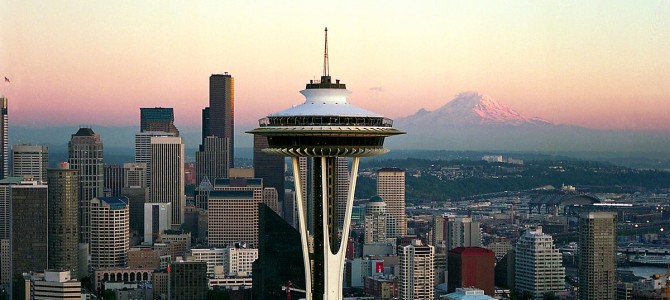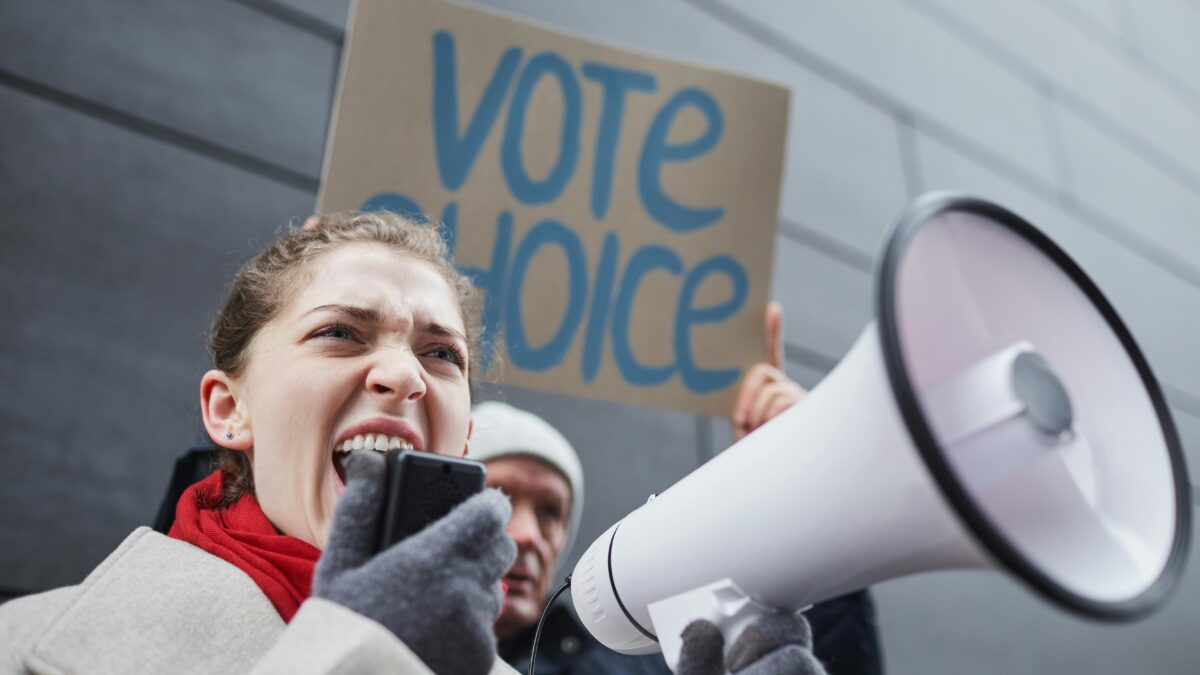This past week, Seattle Mayor Ed Murray signed into law an ordinance raising the city minimum wage to $15 an hour, a 61 percent increase over the previous minimum wage. It will phase in over a couple of years because, despite its ardent supporters’ claims, paying higher wages squeezes businesses. Kshama Sawant, the newly elected socialist on the city council, made her bones in the campaign season by promising a higher minimum wage. She has now turned her attention to other cities in Washington state.
Sawant fails to recognize that this increase is now an outside arbitrary force on the local economy. Rather than take the time to study the local labor market, assess supply and demand, and come to a reasonable wage that reflects economic reality, this minimum wage reflects a political reality. Unlike San Francisco, which has linked its minimum wage increase to inflation, Seattle basically threw a dart at the board and said, “$15 an hour is the wage for us.” Unfortunately, other cities and even Congress are starting to favor arbitrary wage hikes over any fact-based wage setting, and this will distort local, and national, economies.
Labor is generally a company’s biggest expense. According to Paycor, a payroll processing company, labor costs can comprise more than 70 percent of a company’s operating costs. Increasing the minimum wage increases the cost of hiring people, especially for companies that rely heavily on lower wage employees, such as retail and restaurants. When governments raise the minimum wage, research has shown that restaurants, in particular, increase their prices. While low-wage workers see an increase in their salaries, the increased prices that also result eliminate any increase in these workers’ purchasing power. In other words, if you inflate wages, you also inflate prices, so low-wage workers don’t actually gain much, if at all.
Where the Minimum Wage Helps and Harms Workers
In a completely free market, employers would seek employees and, based on their need and available labor, offer jobs at a certain rate. If that rate was too low, or if another competing firm offered better wages, job seekers would spurn that offer. With minimum-wage laws, we assure uniformity across every company’s initial salary offer. We’ve basically legislated cartel-like behavior because every firm in the market knows the opening salary offer. This disadvantages employees, who might otherwise use additional skills or negotiating prowess to their advantage.
Minimum wage laws cut both ways, as well. Just as a labor market might make $6 an hour a competitive offer but laws force a company to pay $7.25 an hour, a labor market might make $10 an hour competitive. In the second situation, if there’s a minimum wage of $7.25, then firms will still only need to pay $7.25 an hour. Ironically, with minimum-wage increases typical in metropolitan areas but not in low-population suburbs and rural areas, we’re actually witnessing an inversion of the labor market. In essence, we might be making labor a Veblen good, which means that as the price of a given item increases, so does demand for it. In other words, minimum wage laws are violating the basic laws of supply and demand, an outcome often seen with government intervention.
If we’re going to have minimum wage laws, localities, not the federal or state government, are certainly the best at setting them. But minimum wage laws are now just another political wedge issue, reducing the likelihood they will be managed well. Mayor Bill de Blasio also proposed raising New York City’s minimum wage to $15 an hour. What are the odds that the vagaries of the Seattle and New York City labor market would dictate the exact same wage? I’m willing to say zero. Unfortunately for the city, de Blasio, in a great stroke of self-deception, turned a victory from no one showing up to vote into a mandate for progressive change. The progressive groups that helped him to office did so expecting to be taken care of, and now it’s time to pay the piper. He apparently gets $15 an hour. For the party that claims to love science and math, they’re using a lot of rhetoric and faith to try and set market wages.
Think Nationally About Acting Locally
When we discuss the effect of minimum-wage laws, we’re talking large corporations. Pop’s Pizza Stand on the corner that employs three high school kids will not itself put a ripple in the national economy, although a combination of minimum wage hikes and cumbersome Obamacare regulations might just put him and all those like him out of business. Of course, that will reduce the places people just starting out can find a job.
But two-thirds of low-wage employees work for firms that have more than 100 employees, and that concentration increases as the firms get bigger. When Seattle raises the price of labor, a firm in Seattle will not change how it does business just in Seattle. National firms set national prices, with a few exceptions, so as high labor costs begins to hit their bottom lines, prices will increase across the country. Because there isn’t uniformity in wage increases nationwide, though, this will decrease the purchasing power of every American. It’s somewhat akin to the Butterfly Effect: A higher minimum wage in Seattle means higher prices for everyone in the country.
Unlike Congress, businesses look at how much revenue they have, then decide how to spend it. Since their revenue decreases when laws force them to pay higher wages, they have less money to put elsewhere. Increasing prices is one option, but that can hurt their overall revenue. Instead, firms will also cut hiring, marketing, research and development, business development, and costs. Reducing spending this way, though masked because their bottom line has not changed, shifts funds to low-wage employees from all of the company’s other expenses. On the surface, it may look as though nothing has changed, but internally resources have shifted from departments that grow the company—and in turn grow the economy—to low-wage employees who feed the economy by spending everything they make but don’t increase its size. Ultimately, we don’t want companies to be forced into choosing between hiring more employees at an inflated rate and developing new products or instituting new safety measures.
To Protect Workers, Set them Free
The minimum wage debate needs to shift from the asinine view of “worker fairness” to creating a labor market that accurately reflects available labor and consumer prices. It also needs to incorporate the national implications of local minimum wage hikes.
An economics professor once told me, “If a politician says a company will absorb a cost increase, they’re either lying or too dumb to understand it.” Unfortunately, the minimum-wage crowd only sees prices and wages for a company, failing to realize the myriad departments that require resources and the cuts they may suffer with higher labor costs. Better understanding how companies work from the inside, and recognizing that the economic effects of a minimum-wage hike are virtually impossible to determine for a specific area, will help create a labor market that maximizes employment and aggregate wages.
Or, we can keep worrying about “equality” and watch the low-wage sector slowly get replaced by machines.








